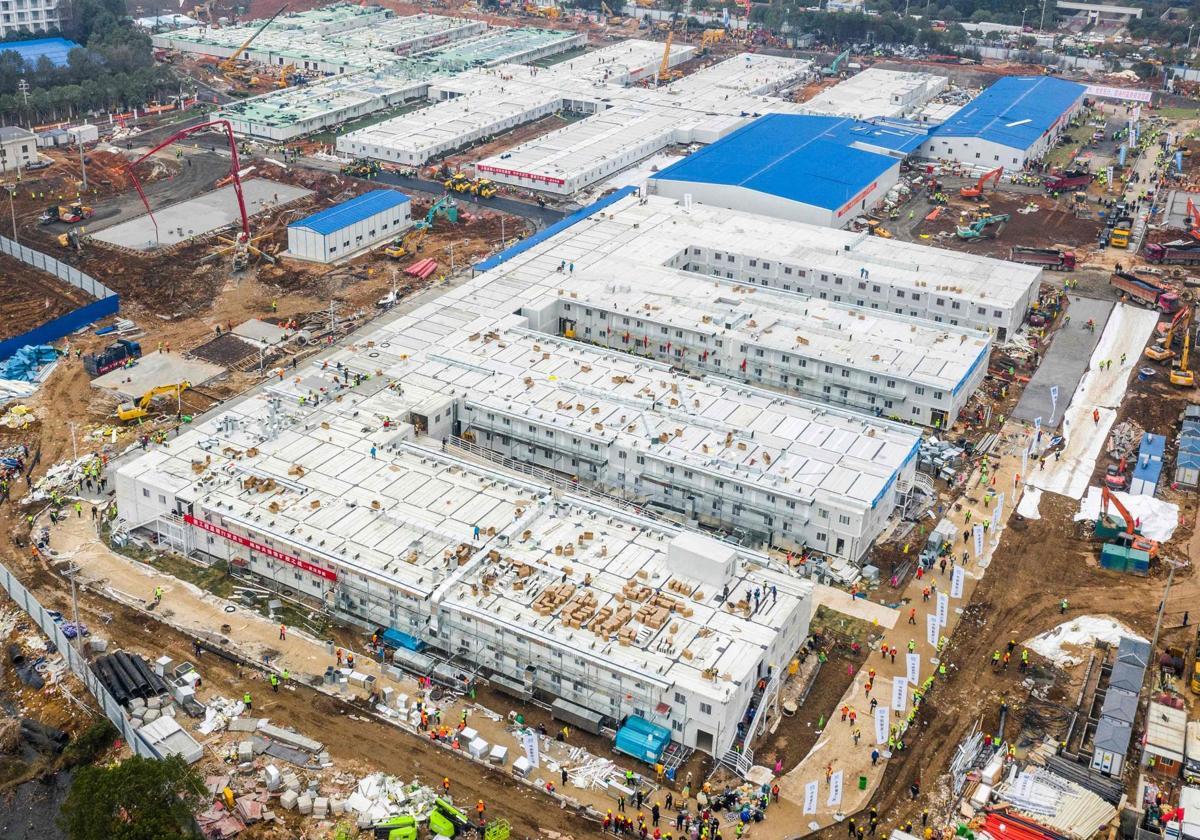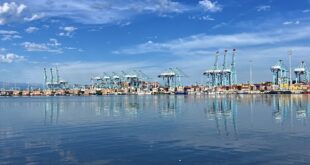A patient who died five years ago from an unidentified pneumonia at the Arnau Vilanova Hospital, Valencia. However, his death was not announced until 18 days after, on the 3rd March 2020. It was confirmed after a second examination that he is the first Covid-19 death in Spain. The coronavirus would leave more than just “some confirmed cases” here in Spain. It was also clear that this pathogen, which had caused such a stir in China, would have an enormous impact. No one knew that it would have such a profound impact on the world.
Nevertheless, the first report, which began a steady flow in December 2019, was unnoticed. The short texts were published in Chinese regional media and reported strange cases of pneumonia in Wuhan. Internet users in the Asian giant drew attention to the fact that wild animals such as pangolins are traded at a market for food. The authorities blocked the messages and downplayed the issue.
The increase in cases on the last day in December had alarmed doctors such as Li Wenliang who warned their contacts about the dangers of this unknown illness, which was reminiscent of SARS, which infected the world in 2003-2004 and killed more than 800 people. He was given a controversial administrative reprimand for his audacity, but the virus took his life. This made him the first hero in the pandemic, and a symbol for a lack transparency that will forever haunt the second largest country on earth.
China has stunned the world with its ability to build pandemic hospital in just a few short days.
AFP

“We will continue to hold China responsible for the dissemination of information and to better understand the origins Covid-19. It is both a scientific and moral imperative. The World Health Organisation said that without transparency and collaboration among countries, it is impossible to prepare or prevent future pandemics.
Three weeks later, the Chinese authorities finally acknowledged that the coronavirus had been transmitted from person to person. On 23 January they made a drastic decision that was unprecedented. They confined an entire city of 11 million people. Conspiracy theory was rampant. Some people claimed that the Chinese Communist Party manipulated the death toll by pointing out the high number of crematoriums. Some have traced back the path of virus from Huanan Market to the top virology laboratory, where they believe a scientist infected by mistake was. Some have even speculated, while no one has definitively ruled it out, that the virus might have been deliberately created in the lab. Anyone attempting to photograph the two sites (the lab and the market) will be quickly stopped by the police.
Global criticism was directed at the Wuhan quarantine for violating freedoms. It was impossible that a similar situation could have occurred in established democracies. This is especially true when the WHO did not activate the international emergency. Eventually, reality took over: no masks, no tests, and health workers were protected with rubbish bags. The ER also collapsed. It was replaced by an enormous dependence on Chinese goods.
“At first, we sent masks to our Chinese colleagues. Then, when we needed them, supplies were nowhere to be found,” said Iñaki Antoñanzas, former director of Fagor Automation in Beijing. The Chinese authorities knew they had to prioritize the domestic market. This led to an end to exports. Face masks were rationed, even though they had become mandatory for anyone who wanted to walk the streets. Infrared thermometers and astronaut suits were a common sight. Once again the West showed its disdain for the ‘great’ dragon, but was forced to follow his example.
When the world stopped,
March saw hundreds of millions of individuals being confined to their homes, with hospitals bursting at the seams and mass graves dug. Lombardy in Italy, as well as fourteen other cities, was quarantined by the government on March 8th. This coincided with the controversial Women’s Day Demonstrations in Spain.
The WHO declared Covid-19 a pandemic three days later. On the same day, US president Donald Trump blocked the entry of European citizens, except for the UK. This is a contradictory move, given that there are no restrictions on entering the US, which declared a national crisis the same day Spain announced their country’s confinement.
The world was brought to a grinding stop: thousands of planes were grounded due to travel restrictions, commerce had to close down in large parts, and companies began to use WFH (work at home) more. Day after day, the most tragic records continued to be broken. The death toll in the US surpassed one million 18 days after the US. In May, the UN released its forecast of the worst global economic recession since 1929. The predictions got worse and more dire each month. This resulted in a global economy contraction of 4,3%.
6.86
million people
By 2023, Covid had caused the death of millions. Some 4,000 still die every week.
Different strategies
The dilemma faced by many national authorities was whether to coexist with this virus and save the economy, even if it meant that many people would die, or to protect their own lives from an economic collapse and social uprising. Many countries adopted a range of strategies – from ‘zero’ coexistence in China and North Korean, with strict confinement, closed borders and internal restrictions to more or fewer free coexistence, the US being the model. Europe found a compromise, using controversial covid passports that were first obtained through PCR or antibody tests, and then by the vaccine.
These innovations, which were developed in record-breaking time, allowed a return to the normality of 2021. In late 2020, the geopolitical battle that ensued made it clear that money was more important than all other factors. The pandemic was devastating for the least-developed countries, who were left with the most severe consequences.
Nearly 14
Millions of doses vaccine
The worldwide program will continue until 2025.
As it appeared that things could only improve, the recovery in consumption caused by the gradual lifting of restrictions triggered two more tsunamis. Supply chain disruptions and inflation. In many cases, these went hand-in-hand. There were no chips. Chinese ports closed. Western factories were unable to operate without parts. The demand, which was previously depressed, suddenly exploded, and the supply could not keep up.
From delta to Omicron
Fortunately, from the original variant, we evolved to the delta. From the delta, we developed the omicron. Each strain was more contagious than the last, but it caused less deaths. China was the only country that did not return to its original condition. The origin country maintained its zero-covid policies until after a horrendous confinement in Shanghai, its population erupted with unusual demonstrations. The Asian giant re-established its productive machinery after a complete change of strategy. However, the trauma caused by the coronavirus remains.
The official death count was seven million. But the WHO stated that the real number will never be known, and could be as high as three times this estimate. Even today thousands of people are still dying from covid each week. Tedros Adhanom Ghebreyesus said, “Yes and No”, when asked if the world was more prepared to deal with a pandemic in the future. He pointed out that, “if the debacle of covid were to occur today, many of those weaknesses and vulnerabilities would still be present”. It has also taken steps to improve its defenses. Scientists agree that such pandemics will occur again.
 Costa News Spain Breaking News | English News in Spain.
Costa News Spain Breaking News | English News in Spain.






